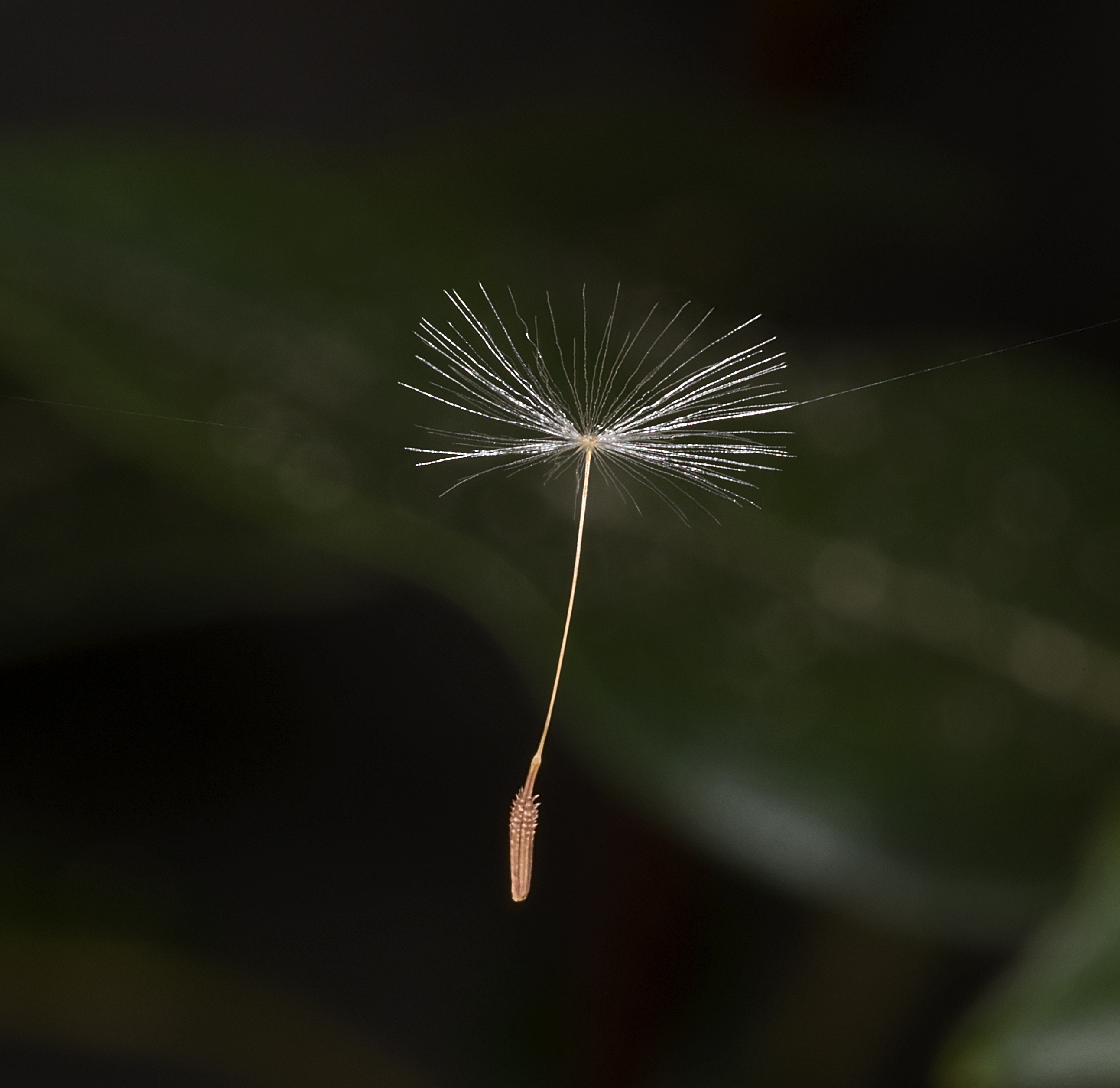|
Dactylopiidae
''Dactylopius'' is a genus of insect in the superfamily Coccoidea, the scale insects. It is the only genus in the family Dactylopiidae.Van Dam, A. R. and B. May. (2012)A new species of ''Dactylopius'' Costa (''Dactylopius gracilipilus'' sp. nov.) (Hemiptera: Coccoidea: Dactylopiidae) from the Chihuahuan Desert, Texas, U.S.A.''Zootaxa'' 3573: 33–39. These insects are known commonly as cochineals,Ramírez-Puebla, S. T., et al. (2010)Molecular phylogeny of the genus ''Dactylopius'' (Hemiptera: Dactylopiidae) and identification of the symbiotic bacteria. ''Environmental Entomology'' 39(4), 1178-83.Chávez-Moreno, C. K., et al. (2011)Distribution and habitat in Mexico of ''Dactylopius'' Costa (Hemiptera: Dactylopiidae) and their cacti hosts (Cactaceae: Opuntioideae).''Neotropical Entomology'' 40(1), 62-71. a name that also specifically refers to the best-known species, the cochineal (''Dactylopius coccus''). The cochineal is an insect of economic and historical importance as a main so ... [...More Info...] [...Related Items...] OR: [Wikipedia] [Google] [Baidu] |
Scale Insect
Scale insects are small insects of the Order (biology), order Hemiptera, suborder Sternorrhyncha. Of dramatically variable appearance and extreme sexual dimorphism, they comprise the infraorder Coccomorpha which is considered a more convenient grouping than the superfamily Coccoidea due to taxonomic uncertainties. Adult females typically have soft bodies and no limbs, and are concealed underneath domed scales, extruding quantities of wax for protection. Some species are hermaphroditic, with a combined ovotestis instead of separate ovaries and testes. Males, in the species where they occur, have legs and sometimes wings, and resemble small flies. Scale insects are herbivores, piercing plant tissues with their mouthparts and remaining in one place, feeding on sap. The excess fluid they imbibe is secreted as Honeydew (secretion), honeydew on which sooty mold tends to grow. The insects often have a Mutualism (biology), mutualistic relationship with ants, which feed on the honeydew and ... [...More Info...] [...Related Items...] OR: [Wikipedia] [Google] [Baidu] |
Dactylopius Coccus
The cochineal ( , ; ''Dactylopius coccus'') is a scale insect in the suborder Sternorrhyncha, from which the natural dye carmine is derived. A primarily sessile parasite native to tropical and subtropical South America through North America (Mexico and the Southwest United States), this insect lives on cacti in the genus ''Opuntia'', feeding on plant moisture and nutrients. The insects are found on the pads of prickly pear cacti, collected by brushing them off the plants, and dried. The insect produces carminic acid that deters predation by other insects. Carminic acid, typically 17–24% of dried insects' weight, can be extracted from the body and eggs, then mixed with aluminium or calcium salts to make carmine dye, also known as cochineal. Today, carmine is primarily used as a colorant in food and in lipstick ( E120 or Natural Red 4). Carmine dye was used in the Americas for coloring fabrics and became an important export good in the 16th century during the colonial pe ... [...More Info...] [...Related Items...] OR: [Wikipedia] [Google] [Baidu] |
Cochineal
The cochineal ( , ; ''Dactylopius coccus'') is a scale insect in the suborder Sternorrhyncha, from which the natural dye carmine is derived. A primarily sessility (motility), sessile parasitism, parasite native to tropical and subtropical South America through North America (Mexico and the Southwest United States), this insect lives on Cactus, cacti in the genus ''Opuntia'', feeding on plant moisture and nutrients. The insects are found on the pads of prickly pear cacti, collected by brushing them off the plants, and dried. The insect produces carminic acid that deters predation by other insects. Carminic acid, typically 17–24% of dried insects' weight, can be extracted from the body and eggs, then mixed with aluminium or calcium salts to make carmine dye, also known as cochineal. Today, carmine is primarily used as a Food coloring, colorant in food and in lipstick (Carmine, E120 or Carminic acid, Natural Red 4). Carmine dye was used in the Americas for coloring fabrics and ... [...More Info...] [...Related Items...] OR: [Wikipedia] [Google] [Baidu] |
Laetilia Coccidivora
''Laetilia'' is a genus of snout moths. It was described by Émile Louis Ragonot in 1889. Biology The larvae feed on various scale insects Scale insects are small insects of the order Hemiptera, suborder Sternorrhyncha. Of dramatically variable appearance and extreme sexual dimorphism, they comprise the infraorder Coccomorpha which is considered a more convenient grouping than the ... and occasionally flowers of scale infested plants. Species * '' Laetilia amphimetra'' Meyrick, 1939 * '' Laetilia bellivorella'' Neunzig, 1997 * '' Laetilia cinerosella'' Neunzig, 1997 * '' Laetilia coccidivora'' (Comstock, 1879) * '' Laetilia dilatifasciella'' (Ragonot, 1887) * '' Laetilia ephestiella'' (Ragonot, 1887) * '' Laetilia fiskella'' Dyar, 1904 * '' Laetilia glomis'' (Dyar, 1914) * '' Laetilia hebraica'' de Joannis, 1927 * '' Laetilia hulstii'' Cockerell, 1897 * '' Laetilia loxogramma'' (Staudinger, 1870) * '' Laetilia melanostathma'' Meyrick, 1937 * '' Laetilia myersella'' Dyar, 191 ... [...More Info...] [...Related Items...] OR: [Wikipedia] [Google] [Baidu] |
Coccinellidae
Coccinellidae () is a widespread family (biology), family of small beetles. They are commonly known as ladybugs in North America and ladybirds in the United Kingdom; "lady" refers to Mary, mother of Jesus, mother Mary. Entomologists use the names ladybird beetles or lady beetles to avoid confusion with true bugs. The more than 6,000 described species have a global distribution and are found in a variety of habitats. They are oval beetles with a domed back and flat underside. Many of the species have conspicuous aposematic (warning) colours and patterns, such as red with black spots, that warn potential predators that they taste bad. Most coccinellid species are carnivorous predators, preying on insects such as aphids and scale insects. Other species are known to consume non-animal matter, including plants and fungi. They are Promiscuity#Other animals, promiscuous breeders, reproducing in spring and summer in temperate regions and during the wet season in tropical regions. M ... [...More Info...] [...Related Items...] OR: [Wikipedia] [Google] [Baidu] |
Chilocorus
''Chilocorus'' is a genus of beetles belonging to the family Coccinellidae, subfamily Chilocorinae. List of species These species belong to the genus ''Chilocorus''. * ''Chilocorus bipustulatus'' (Linnaeus, 1758) - Heather ladybird * '' Chilocorus braeti'' Weise, 1895 - Cactus lady beetle * '' Chilocorus cacti'' (Linnaeus, 1767) * '' Chilocorus canariensis'' Crotch, 1874 * '' Chilocorus circumdatus'' (Gyllenhal in Schönherr, 1808) - Red chilocorus * '' Chilocorus coelosimilis'' Kapur, 1967 * '' Chilocorus fraternus'' LeConte, 1860 * '' Chilocorus hauseri'' Weise, 1895 * '' Chilocorus hexacyclus'' Smith * '' Chilocorus infernalis'' Mulsant, 1853 * ''Chilocorus kuwanae'' Silvestri, 1909 - Kuwana's lady beetle * ''Chilocorus matsumurai'' Miyatake, 1985 * '' Chilocorus melanophthalmus'' Mulsant, 1850 * '' Chilocorus melas'' Weise, 1898 * ''Chilocorus nigritus'' (Fabricius, 1798) - Black chilocorus * ''Chilocorus orbus'' Casey, 1899 * ''Chilocorus politus'' Mulsant, 1850 * ''Chi ... [...More Info...] [...Related Items...] OR: [Wikipedia] [Google] [Baidu] |
Hyperaspis (beetle)
''Hyperaspis'' is a genus of lady beetles in the family Coccinellidae Coccinellidae () is a widespread family (biology), family of small beetles. They are commonly known as ladybugs in North America and ladybirds in the United Kingdom; "lady" refers to Mary, mother of Jesus, mother Mary. Entomologists use the .... There are more than 100 described species in ''Hyperaspis''. See also * List of Hyperaspis species References Further reading * * Coccinellidae Coccinellidae genera {{coccinellidae-stub ... [...More Info...] [...Related Items...] OR: [Wikipedia] [Google] [Baidu] |
North America
North America is a continent in the Northern Hemisphere, Northern and Western Hemisphere, Western hemispheres. North America is bordered to the north by the Arctic Ocean, to the east by the Atlantic Ocean, to the southeast by South America and the Caribbean Sea, and to the south and west by the Pacific Ocean. The region includes Middle America (Americas), Middle America (comprising the Caribbean, Central America, and Mexico) and Northern America. North America covers an area of about , representing approximately 16.5% of Earth's land area and 4.8% of its total surface area. It is the third-largest continent by size after Asia and Africa, and the list of continents and continental subregions by population, fourth-largest continent by population after Asia, Africa, and Europe. , North America's population was estimated as over 592 million people in list of sovereign states and dependent territories in North America, 23 independent states, or about 7.5% of the world's popula ... [...More Info...] [...Related Items...] OR: [Wikipedia] [Google] [Baidu] |
South America
South America is a continent entirely in the Western Hemisphere and mostly in the Southern Hemisphere, with a considerably smaller portion in the Northern Hemisphere. It can also be described as the southern Subregion#Americas, subregion of the Americas. South America is bordered on the west by the Pacific Ocean, on the north and east by the Atlantic Ocean, and to the south by the Drake Passage; North America and the Caribbean Sea lie to the northwest. The continent includes twelve sovereign states: Argentina, Bolivia, Brazil, Chile, Colombia, Ecuador, Guyana, Paraguay, Peru, Suriname, Uruguay, and Venezuela; two dependent territory, dependent territories: the Falkland Islands and South Georgia and the South Sandwich Islands; and one administrative division, internal territory: French Guiana. The Dutch Caribbean ABC islands (Leeward Antilles), ABC islands (Aruba, Bonaire, and Curaçao) and Trinidad and Tobago are geologically located on the South-American continental shel ... [...More Info...] [...Related Items...] OR: [Wikipedia] [Google] [Baidu] |
Biological Dispersal
Biological dispersal refers to both the movement of individuals (animals, plants, fungi, bacteria, etc.) from their birth site to their breeding site ('natal dispersal') and the movement from one breeding site to another ('breeding dispersal'). Dispersal is also used to describe the movement of propagules such as seeds and spores. Technically, dispersal is defined as any movement that has the potential to lead to gene flow. The act of dispersal involves three phases: departure, transfer, and settlement. There are different fitness costs and benefits associated with each of these phases. Through simply moving from one habitat Landscape ecology#Patch and mosaic, patch to another, the dispersal of an individual has consequences not only for individual fitness (biology), fitness, but also for population dynamics, population genetics, and species distribution. Understanding dispersal and the consequences, both for evolutionary strategies at a species level and for processes at an e ... [...More Info...] [...Related Items...] OR: [Wikipedia] [Google] [Baidu] |







